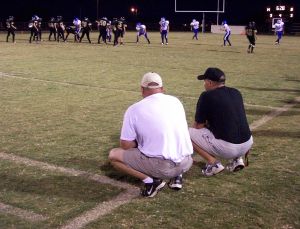coach
Unlocking Personal and Professional Growth: The Power of Inner Child

Photo by Kelly Sikkema on Unsplash
Inner child work is a therapeutic approach that involves exploring and healing childhood wounds, traumas, and unmet needs. It is a powerful tool that can help individuals to reconnect with their authentic selves, build resilience, and enhance their personal and professional development. It’s hard work and is often ignored in our quest to become leaders in the multifamily space and life.
Let’s explore how inner child work can be applied in a professional development context. And know this; it’s work worth doing.
- Building self-awareness and emotional intelligence
Inner child work involves exploring and processing suppressed or ignored emotions in childhood. By doing so, individuals can better understand their emotional landscape and develop greater emotional intelligence. This can be particularly helpful in a professional context where individuals must navigate complex relationships, manage conflicts, and make sound decisions. By being more in tune with their emotions, individuals can make better choices and communicate more effectively with others.
- Enhancing Creativity and Innovation
The inner child represents a person’s playful, curious, and imaginative side. Individuals can tap into their creativity and innovation by reconnecting with this aspect of themselves. This can be particularly helpful in professions requiring individuals to develop new ideas, approaches, and solutions. By accessing their inner child, individuals can generate fresh perspectives and insights leading to breakthroughs and innovation.
- Developing resilience and coping skills
Childhood traumas and wounds can impact individuals and affect their ability to cope with stress, setbacks, and challenges. Inner child work can help individuals to heal these wounds and develop resilience and coping skills. By doing so, individuals can better handle difficult situations, bounce back from failures, and persevere in adversity.
- Building healthy relationships
Childhood wounds and traumas can affect how individuals form and maintain relationships. By exploring and healing these wounds, individuals can improve their ability to connect with others healthfully and meaningfully. This can be particularly helpful in a professional context where relationships are essential for success. Individuals can enhance their communication, collaboration, and teamwork skills by building healthy relationships.
To summarize, inner child work can be a powerful personal and professional development tool. Individuals can build self-awareness, emotional intelligence, creativity, resilience, coping skills, and healthy relationships by exploring and healing childhood wounds. To explore inner child work, consider working with a trained therapist or coach who can guide you.
Share this:
Multifamily Leadership: Be a Coach
One goal for any organization worth it’s salt is to serve its customers compellingly and profitably over a very long bit of time. How do they do that? The leaders in the organization understand that their chief goal is to serve the people that serve the organization. They do so through expanding people’s capabilities by way mentoring and coaching.
When I hear the word coach I am instantly taken back to the years I ran up and down the court playing basketball. I was blessed enough to have some amazing mentors an coaches in my life. And, through their teaching, training, prodding, gentle and sometimes harsh discipline; I was afforded a full ride Division I scholarship to play basketball at Texas Tech University. They gave of their time, their effort and their knowledge of the game in order to expand my capabilities. They served compellingly.
Multifamily Coach
My punch line today: Be a Coach
1. Be selective about who you give of your time and effort. I once was told that I was not the savior of all humanity. Apparently at the time; I thought I was. That aside, it made a ton of sense to me. Not everyone is there to learn and grow. Some are just there to give you 100% from 8 to 5. Other’s much less than that. Point: choose wisely.
2. Use moments of truth as your catalyst for discussion. Just last week I was involved in a formal coaching session with two employees. A supervisor was delivering a written message to a co-worker and the proverbial ‘but’ sandwich came out. You did this ‘but’ you also did that. I took the time to suggest that the words ‘and in the same respect’ were used in lieu of ‘but’. In my head, it allows for the power of the lead statement to endure in ones mind whereas a ‘but’ crushes the lead statement.
3. Become a master questioner. Be incisive. One of the best questioners I have come across in some time is Mr. Mike Whaling of 30lines. It’s an art and if you ever have the chance to talk to Mike, be prepared to have your logic and wherewithal challenged with thoughtful questions.
4. Use the classroom to arm people with tools and strategies. Use the real world as the place to apply, learn and thrive on the application of those tools.
Share your thoughts with me; What would you add or take away from the list above?
Your always looking to be a coach contributor,
M

